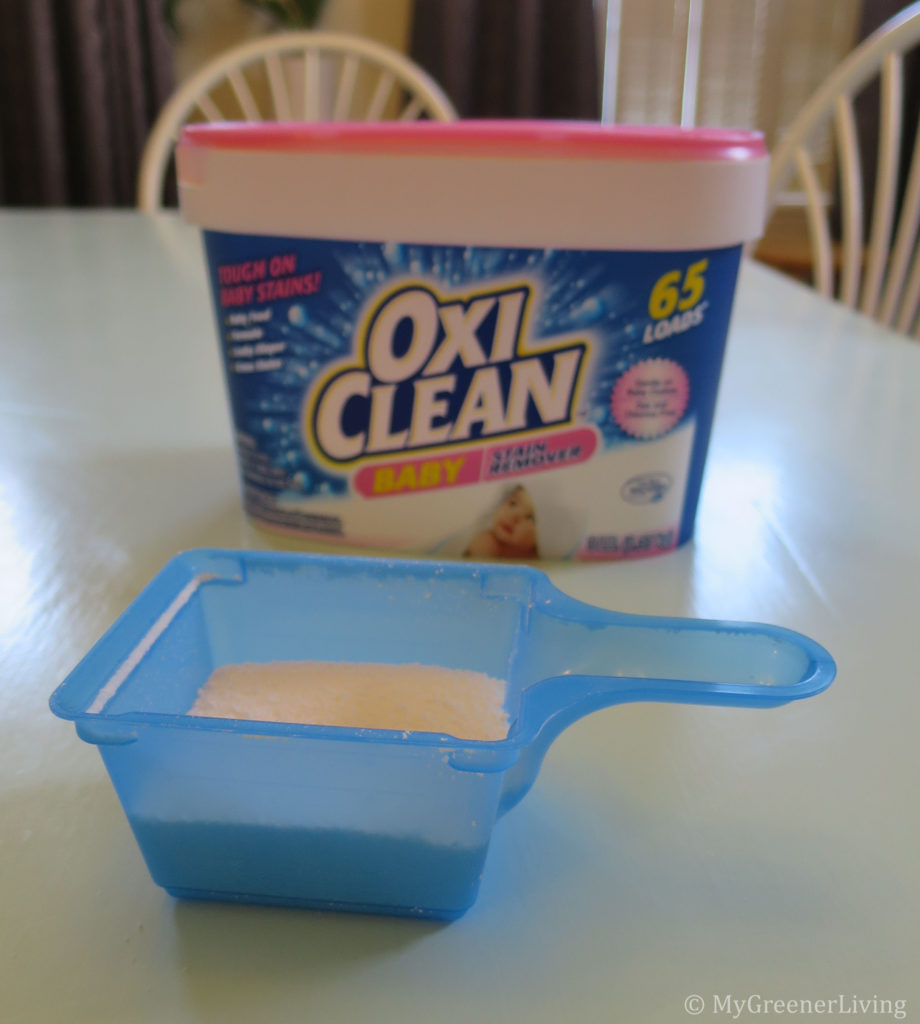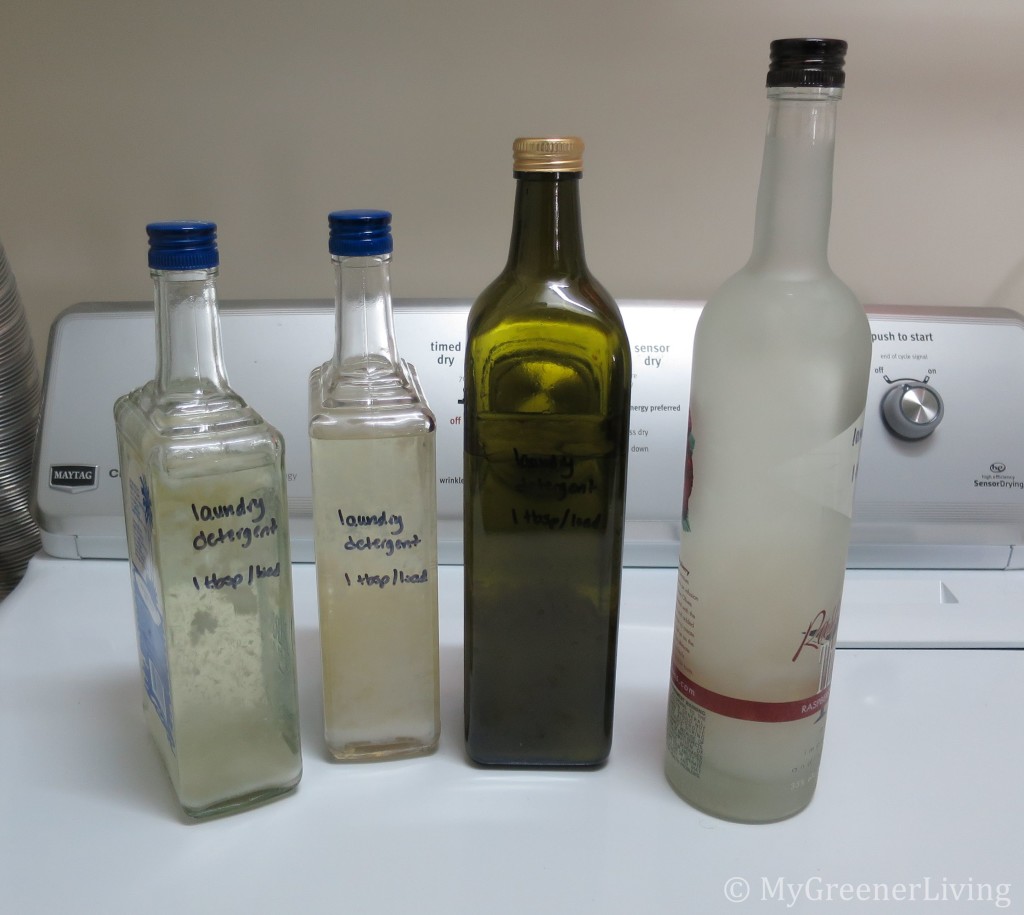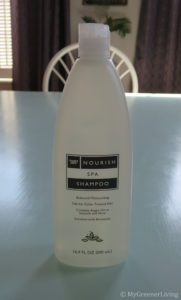Since writing my post about washing towels, I had been wanting to share what I had found about how I wash sheets. Like towels, bed sheets are the other big linen item that we should be washing regularly. But most people aren’t. And I am guilty as charged.
Disclaimer: This post contains affiliate links. See my Disclosure Policy for more information.
Despite spending roughly 1/3 of my life sleeping on my sheets, I don’t give them nearly as much thought as things that I am in contact with more during my waking hours, like clothing, cell phone, and kitchen items. I don’t spend much conscious time in my bedroom, which is probably why I don’t usually give sheets a second thought.

Why wash sheets?
But, clean sheets are important to our health. Even if we bathe before going to bed, our bodies are dirtying our sheets. We sweat, shed dead skin cells, and more gross stuff. (If you want more detail, read this short article. But don’t say that I didn’t warn you, part of it is really gross!) These things, and the microscopic creatures (microbes) grow in them, can cause allergies. Regular washing of sheets ensures that the particles are flushed away, and microbes are washed away.
How frequently do I wash sheets?
According to a Business Insider interview with a microbiologist, bed sheets should be washed every week. Yes. Once each week. That’s as often as I wash a load of clothes laundry. Yes, I am doing a laundry more frequently since I started looking into “green” cleaning. But I am OK with that. Because I have noticed that I am get getting sick as often. I still conserve water wherever can, and try to run the washing machine only when I can fill it, but I accept this heaver water usage as a trade-off to being healthy.
I came across the “Jolie Cleanperson’s Sheet-Washing Scale” in an article in Esquire and I love it. Actually, the whole article is pretty good. Basically…this once per week washing recommendation is a RECOMMENDATION and many factors roll into whether that periodicity is right for you.
I must admit that I am still getting into the habit of weekly bed sheet washing. I have been washing my sheets at least every other week for many months, but I have been struggling to achieve this goal to wash sheets weekly. Remember, always try to find balance. I don’t beat myself up over missing a week, and I remind myself to be proud that I am doing better than I used to!

A few ways to conserve water
Since I mentioned that that I am doing laundry more frequently but am still trying to conserve water, here are a few easy ways to conserve water every day:
- turning off the faucet when brushing teeth
- reduce water flow in the shower when applying soap, shampoo, or shaving (I love my shut-off valve which I installed in line with my shower head. The exact one I purchased is no longer available but this one is quite similar)
- turn off water when it is not needed while washing dishes
- only run the dishwasher when it’s full
- only run the washing machine with medium-large loads since a load half the size uses more than half the amount of water, and if you need a new washing machine, consider a front loader which use less water than top loaders
- if you’re really ambitious, you could get a rain barrel and use rain water for watering plants (I use mine for indoor and outdoor plants)
How do I wash sheets?
I wash my sheets almost the same way that I wash my towels . I wash my sheets on warm cycle, with OxiClean Baby and my homemade laundry detergent.

As with towels, it’s best to soak the sheets in water with OxiClean first, but I don’t always do this. I feel that it’s more important for towels than sheets, for me at least, because I don’t noticeably sweat when I sleep (except in really humid summer weather) so I’m not quite as concerned about microbes on sheets as I am on towels, which are always warm and moist when used. Check out my post about washing towels for more information about OxiClean and why I choose to use OxiClean Baby.
Since I only have 1 set of bed sheets to wash each week, I often wash my towels and sheets together to fill the washing machine. I use OxiClean, my homemade laundry detergent, and warm water.
I line dry sheets, then toss in the dryer on medium heat for about 5 minutes to heat-kill some micro-organisms that could still be clinging to the sheets.
If I need the sheets dry quickly, I toss them in the dryer with my awesome wool dryer balls (check out my post on those if you missed it). I also own two sets of bed sheets, so I can make the bed with a fresh set as soon as I strip the bed to wash the dirty sheets.

Why don’t I use hot water and chlorine bleach?
Hot water is great at killing microscopic organisms, but it weakens fabrics and can shrink cotton. I don’t mind this so much with towels, but I need my sheets to fit my bed! Chlorine bleach also weakens fabric. Additionally, it’s harsh on your body and not good to be putting in the wastewater supply. The active ingredient in chlorine bleach, sodium hypochlorite, got an EWG rating of F on a scale of A-F with F being worst, so I avoid using chlorine bleach whenever I can.
I am sure some of you are not very happy with me right now, recommending weekly sheet washing. Does anyone really like the chore of washing sheets and making the bed? I know I don’t! Sometimes I wish I hadn’t researched something, because I would rather be blissfully naive and keep doing what I have always done. So, don’t feel guilty if you aren’t ready to adopt this change. Remember Jolie Cleanperson’s Sheet-Washing Scale. And do what works for you!





